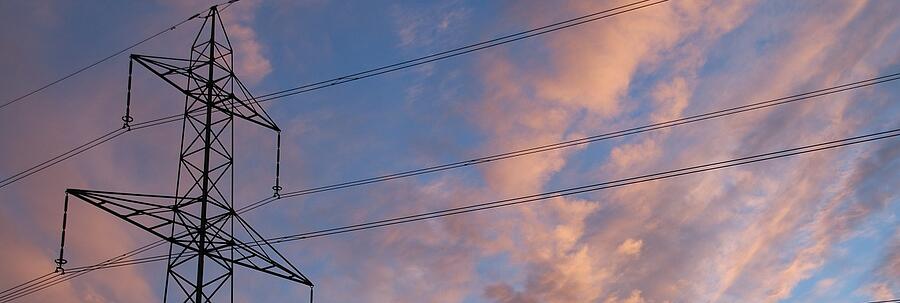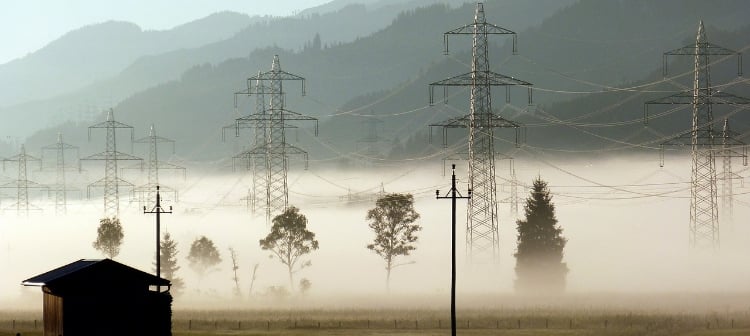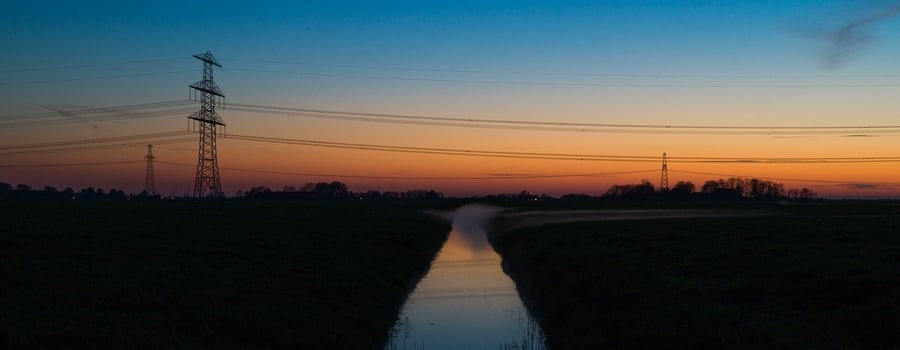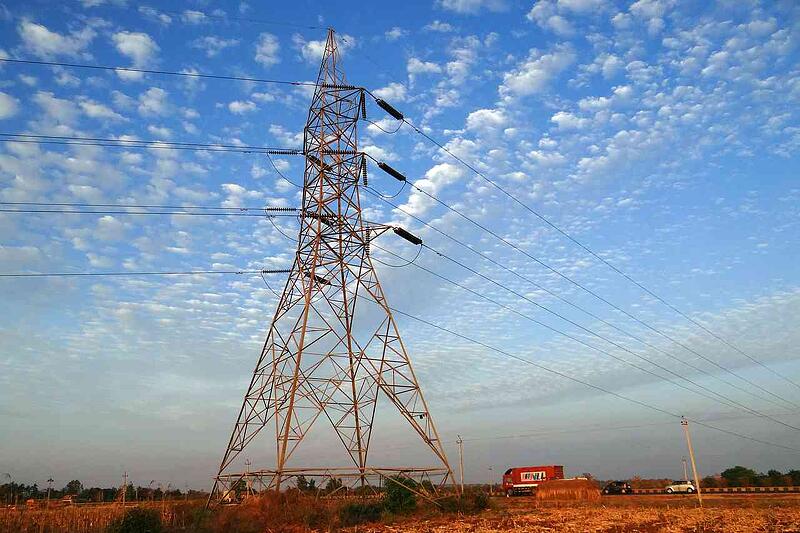After the comment period closed on December 1, the stats were in: EPA received more than 4 million comments on the Clean Power Plan from individuals, organizations, and state regulatory bodies. By one estimate, it would take 71 people working eight hours a day from now until June to read them all. But don't worry—our Carbon Policy Analysts identified the top comments and plowed through them. This is the third of five blog posts presenting AEE’s summary of and take on comments from a few key stakeholders: federal and state regulatory organizations, states, ISO/RTOs, utilities, and industry and environmental groups. Here, we cover the reactions of ISOs and RTOs.

The chief concern of the Independent System Operators (ISOs) and Regional Transmission Organizations (RTOs) is how the Proposed Rule will affect reliability of the grid. These concerns were summarized in comments filed by the ISO/RTO Council (IRC) and signed by all nine ISOs and RTOs in the U.S. IRC proposed that the Final Rule require reliability assessments during the planning and implementation of state plans (SIPs), and that EPA should establish criteria for evaluating how SIPs will impact reliability. IRC also proposed that the Final Rule give more time to build new transmission infrastructure, not only for natural gas as proposed in the NODA, but also for electricity. Most importantly, IRC outlined a detailed proposal for an RSV, which would allow states to exceed their emission targets if reliability were threatened by an unforeseen event such as extreme weather or energy shortage. IRC envisioned a well-defined process through which an ISO, RTO, or entity responsible for reliability would administer an RSV. The RSV process would be overseen by NERC.




